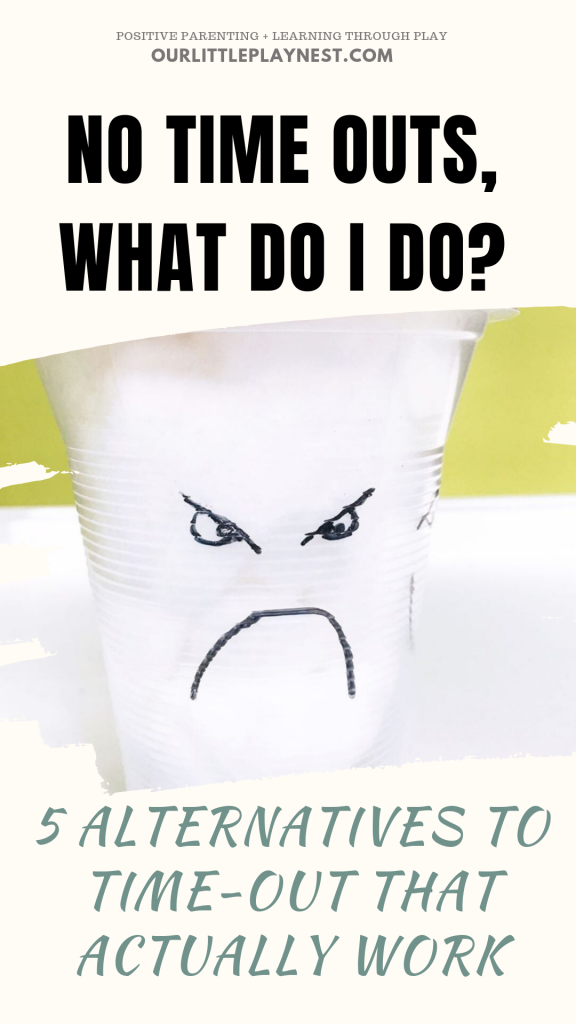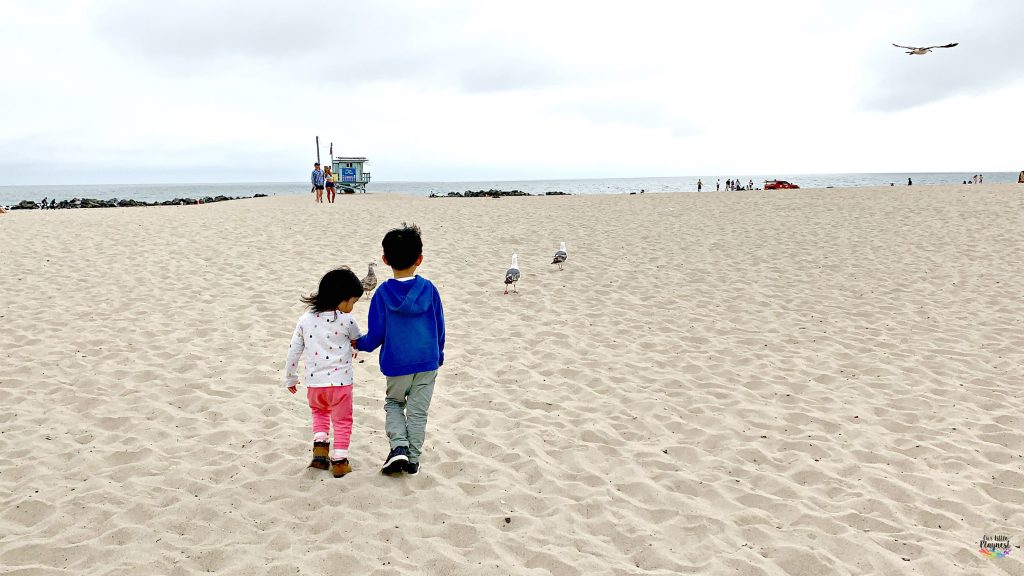Did you know that time-outs can potentially lead to psychological and emotional problems in your children? Research has shown that time-out is ineffective, and does not improve behavior. I will be sharing alternatives to time-out that helps your child calm down, learn to regulate their emotions and develop problem solving skills.

What is time-out?
Time-out happens when your child is removed from the fun, isolated to a corner where he doesn’t receive any attention from anyone.
Why is time-out ineffective in the long run?
Think about what goes on in your child’s mind when he is at time-out:
“Mummy only loves me when I do the right thing.”
“Daddy doesn’t understand me.”
“I feel scared.”
“I hate mummy!”
“It’s not fair!”
When your child is emotional, he is not able to access his prefrontal cortex (the part of the brain that does decision making, problem-solving, etc) and reflect on his actions. During the time-out session, he is probably feeling fear, resentment, frustration… there is no reflection going on!
NO TIME-OUT, WHAT DO I DO INSTEAD?
What can you do then? How do you react when your child misbehaves and refuses to cooperate?
“Connection moves a child from reactivity to receptivity.”
– Dr. Dan Siegel
Remember, we want to connect with our children before teaching them.
5 alternatives to time-out that actually work
1. Time-in
Instead of leaving your child alone at the corner, bring him close to you. Supportive relationships can help develop neural connections and calm your child down. When he is ready, attune to his emotions, and work to fix the problem together.
2. Positive time-out

The difference between time-out and positive time-out is that the kids CHOOSE to go to their own space to calm down. This calming corner is filled with their favourite things and helps them to relax, gain control of their upstairs brain while they learn to reason and rationalise. (For children under 3, parents are highly encouraged to join them in the positive time-out and teach them soothing techniques)
3. Draw a picture, do some art
You don’t have to be an artist to try this out. Grab a paper, doodle or write words about what happened. Provide simple art supplies and paper, allow your child to express his feelings. Work on problem solving together.
4. Provide a second chance
Believe that your child is capable of good behaviour. Tell him that he can do the right thing, and give them the opportunity to try again. Let them deal with the natural consequences of their actions. Children like to receive positive affirmation, encourage your child when he makes an improvement in his behavior.
5. Hold family meetings
Use this opportunity to gather family members and talk about the family’s values and rules. Address the misbehaviors and set boundaries as a family. I suggest involving your children while setting the rules so that they can take ownership. In addition, this is suitable for kids who can verbalize their thoughts (3 years and up should be a good age.)
Note: Only carry out meetings when everyone is calm and connected, not when kids are crying or when you are fuming mad.
TIME-OUT FOR PARENTS, TIME IN FOR CHILDREN

When we are overwhelmed, it is important to remember that the children need you to be a role model and stay calm. Hence, I recommend a time-out for the adults, to breathe, reframe the mind, and then help your dysregulated children.
The next time you are tempted to send your kids to the time-out corner/ naughty corner/ thinking chair… try out one of these tips. My favourite is time-in for sure. Its the fastest way for me to connect with my children.
Do you have other effective discipline tools, do share them with me in the comments below!

To find out more about how to manage children’s outbursts, sign up for my free Managing Meltdowns 5-day email series, where I provide authentic case studies and step-by-step suggestions on how to share your calm instead of joining in the chaos.
Learn more about other alternatives to time-out:


